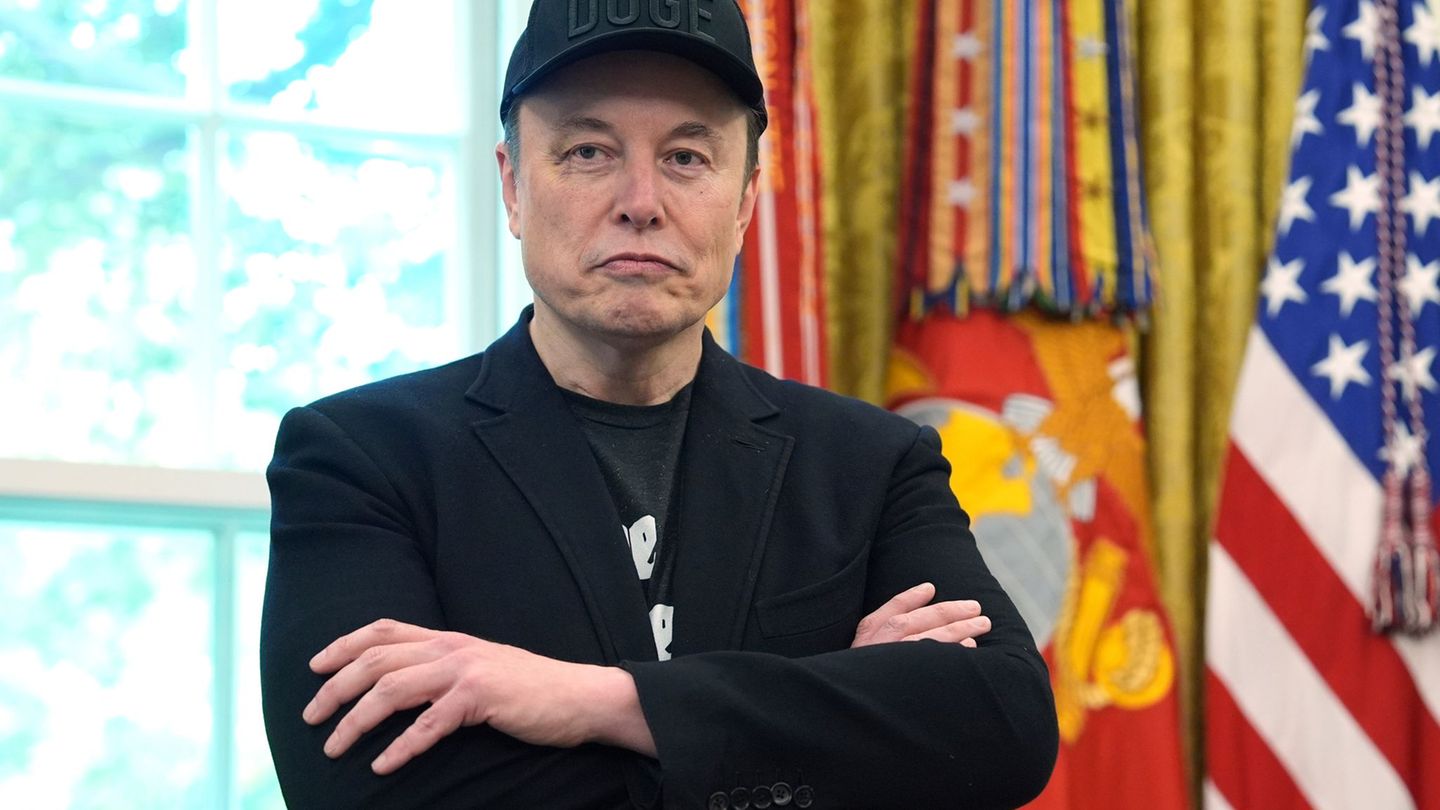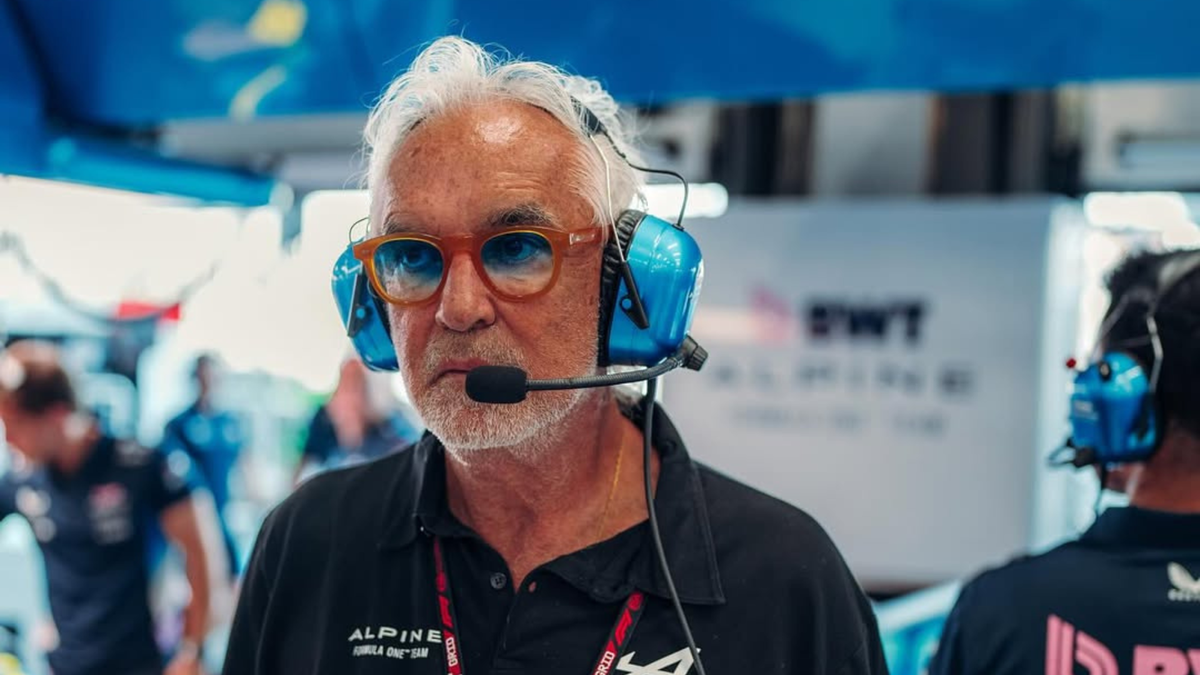After sewing machines and bicycles, Opel moved into the automobile industry 125 years ago. The company’s history and electric future will be celebrated with a ceremony and a visit from the Chancellor.
Opel is back in business. As the only German brand in the European-American Stellantis group, the car brand with the lightning bolt has been making money again for several years – after a painful restructuring that saw thousands of jobs cut and a significant reduction in the number of locations.
Tomorrow, the company’s Rüsselsheim headquarters will celebrate the 125th anniversary of vehicle manufacturing, and German Chancellor Olaf Scholz is also expected to attend. The manufacturer is focusing on its electric strategy, which CEO Carlos Tavares wants to push through against imports from China.
Since 1899, Opel has put more than 75 million vehicles on the road. The decision to build automobiles was made shortly after the death of the company’s founder, Adam von Opel, who had built the factory on the Main with sewing machines and bicycles. The well-trained workforce and similar production methods were the basic prerequisites for the company’s rise to become the largest German car manufacturer in the 1920s, before Adam’s descendants sold the company to the US company General Motors.
The “tree frog” as a model of success
The patented motor car of the automobile pioneer Friedrich Lutzmann, acquired from Dessau in 1899, quickly proved to be technically inferior: by 1901, only 65 cars had been produced, which were still very reminiscent of horse-drawn carriages. It was only through cooperation with the French manufacturer Darracq that the company was able to enter the new technological age. The so-called doctor’s car 4/8 hp and especially the “tree frog”, which had been produced on an assembly line since 1924, were successful models from Rüsselsheim.
The Nazi regime’s seizure of power did not initially change the commitment of the Americans who had joined in 1929. Opel became Europe’s largest car manufacturer with the P4, the Blitz truck and the Olympia with a self-supporting steel body. During the Second World War, the Nazi state converted the factories completely to war production, and thousands of forced laborers were also employed. The US company General Motors (GM) was sidelined during the war, but later claimed a share of the profits from the Nazi era.
From market leader to loser brand
During the West German economic miracle, Opel rose to become the interim market leader and the most important competitor of the VW Group. The Rekord, Kapitän and the compact Kadett from Bochum were bestsellers, and later the small car Corsa and the sports car Manta also contributed to the success of the brand with the lightning bolt. The decline began at the end of the 1980s with the “Lopez effect”, named after the manager José Ignacio López, who pushed down suppliers’ prices without considering quality. The Opel models finally lost their reputation for reliability, and the managers sent from Detroit changed at ever shorter intervals.
The fact that Opel was still a big player in the German car market at the beginning of the 1990s was shown by the record investment of around one billion D-Marks in a new factory in the Thuringian car city of Eisenach. The first Opel Vectra rolled off a former Wartburg assembly line there in 1990, and the new factory opened in September 1992, less than two years after German reunification.
GM models are being removed from the portfolio
After 20 consecutive years of losses, Peugeot parent company PSA took over the Opel/Vauxhall production network from GM in the summer of 2017, with plants in Great Britain, Poland, Spain and Germany, among others. “Opel has developed into a losing brand since the 1990s and was almost ‘clinically dead’,” is how car expert Stefan Bratzel describes the situation. The GM models, which were too elaborately planned and too expensive to produce, were dropped from the portfolio one after the other. Since 2022, every Opel has run solely on the technology of the new parent company, which merged with Fiat-Chrysler to form Stellantis.
One episode from the 2008/2009 financial crisis was plans to sell the carmaker to a consortium of the Canadian supplier Magna and the Russian Sberbank. Despite government bridging loans that had already been promised and advanced EU investigations, GM called off the deal at the last minute and subsequently tried to shrink Opel to health with mass layoffs. In 1990, Opel still employed more than 57,000 people, and the Kadett/Astra plant in Bochum was closed down, among other things.
Rigorous shrinking treatment
Even after the takeover by PSA, thousands of jobs were cut. According to IG Metall, the number of employees at the remaining locations has almost halved since 2017. At the end of the year, Stellantis reported 8,300 employees in Rüsselsheim, 1,100 in Eisenach, 1,000 in Kaiserslautern and more than 570 in Bochum. In addition, there are 1,100 people in Stellantis’ own sales units.
There have been “a lot of shake-ups” in recent years, says Jörg Köhlinger, head of the IG Metall Central District. “The constant job cuts have led to a lot of frustration among the workforce. But I am certain that there would have been no future for Opel and its employees under the GM umbrella.”
Takeover by PSA as a stroke of luck
“Opel is and remains one of many brands in the Stellantis Group. They would not have been able to survive as an independent car manufacturer,” says industry expert Ferdinand Dudenhöffer. For Opel, belonging to the Stellantis Group means relative security and access to modern technologies. “This means they can offer contemporary cars.”
His colleague Bratzel describes the takeover by PSA as a “stroke of luck” for Opel. If they succeed in combining model development based on the Stellantis platform with attractive design, Opel will have a good chance of survival in the wake of electromobility.
The future: electric
To mark the anniversary, Opel CEO Florian Hüttl points out that at least one purely electric model will be offered in every vehicle series. With a sales increase of 15 percent, Opel grew more strongly in 2023 than it has in 20 years. Worldwide sales increased to around 670,000 vehicles, the highest number of registrations in four years.
Sales outside Europe rose by 62 percent to more than 100,000 vehicles. In the German home market, the company closed 2023 with a market share of 5.3 percent, and in Great Britain and Turkey it was as high as 6 percent.
New models from 2025 only with battery
At the ceremony, Huettl announced an even more decisive course towards electromobility: “From 2025, every new Opel model will be purely battery-electric. In doing so, we are making an important contribution to the Stellantis Group’s goal of being CO2-neutral by 2038. We are delivering German engineering for everyone. This is a success story that we naturally want to continue – until 2030 and well beyond.”
However, it does not fit with the fact that Stellantis subsidiary ACC has just put the planned battery plant at the Opel site in Kaiserslautern, which would create around 2,000 jobs, on hold. The reason given is the weak demand for electric cars in the European market.
Dudenhöffer sees Opel’s future as somewhat more problematic: “Stellantis has the long-term problem that they play no role in the Chinese market.” By 2030, the number of units sold there would already exceed the combined markets of the USA and Europe. “If you’re not in China, you’re not really in the car business.” Stellantis has therefore bought into the Chinese carmaker Leapmotor, which can quickly bring cheap electric models into the group’s portfolio.
Source: Stern




